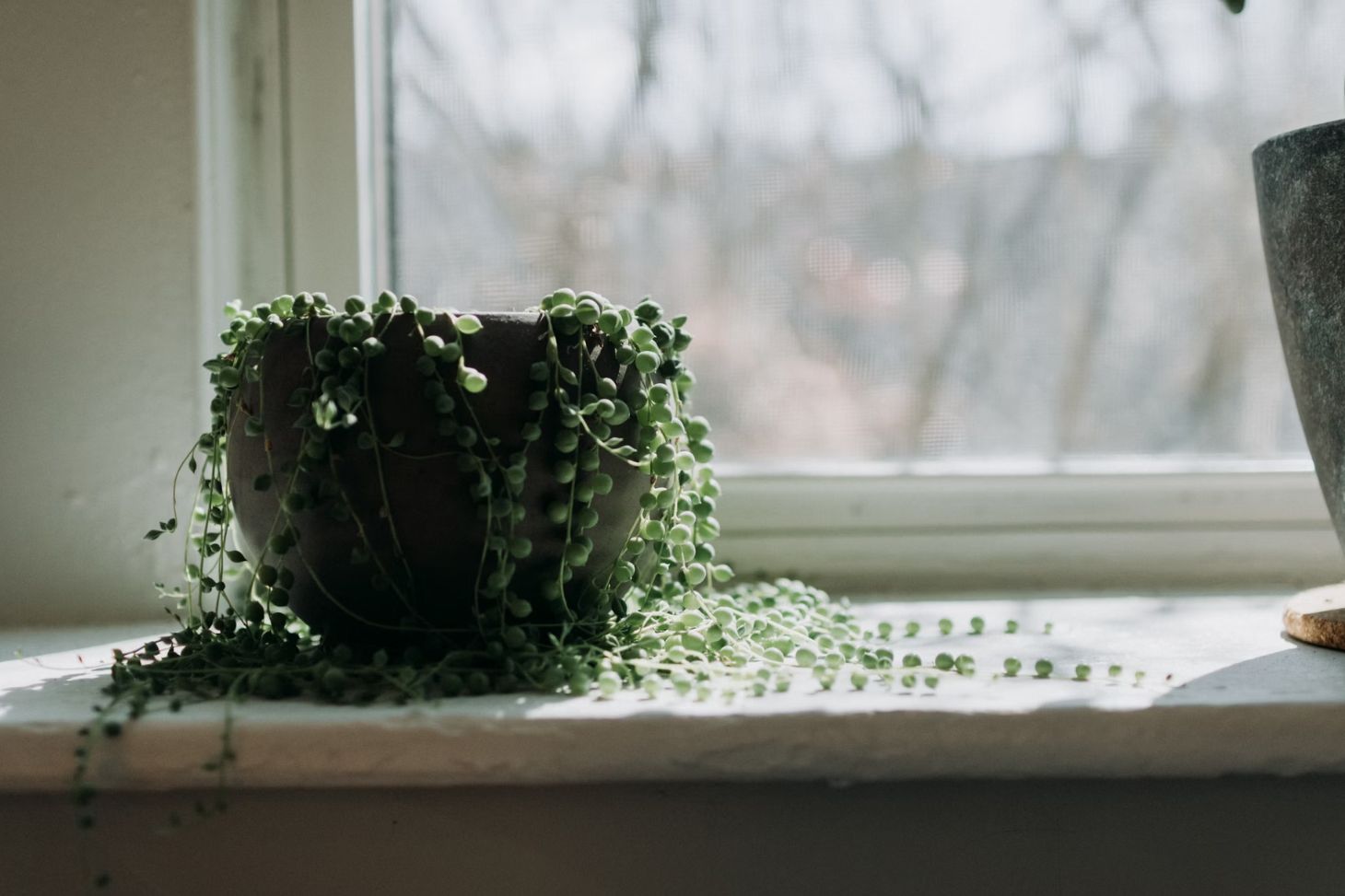Succulent Winter Care Indoors
Taking care of succulents indoors during winter can be different from their care in warmer months. You need to focus on the right lighting, temperature, and watering to keep your succulents healthy all season. If you move your plants inside, you’ll need to make some simple changes to help them adjust and thrive.
Winter has less sunlight and cooler temperatures, which can affect your succulents. By learning the best methods for indoor winter care, you can prevent problems like overwatering, frost damage, and poor growth. Keep reading to find out how to give your succulents the best chance to stay strong until spring.
Preparing Succulents for Winter Indoors
Getting ready for winter means taking steps to protect your succulents from cold weather, pests, and stress. By identifying which plants need to come inside, moving them at the right time, and checking them carefully, you can help your houseplants stay healthy during the colder months.
Identifying Tender Succulents
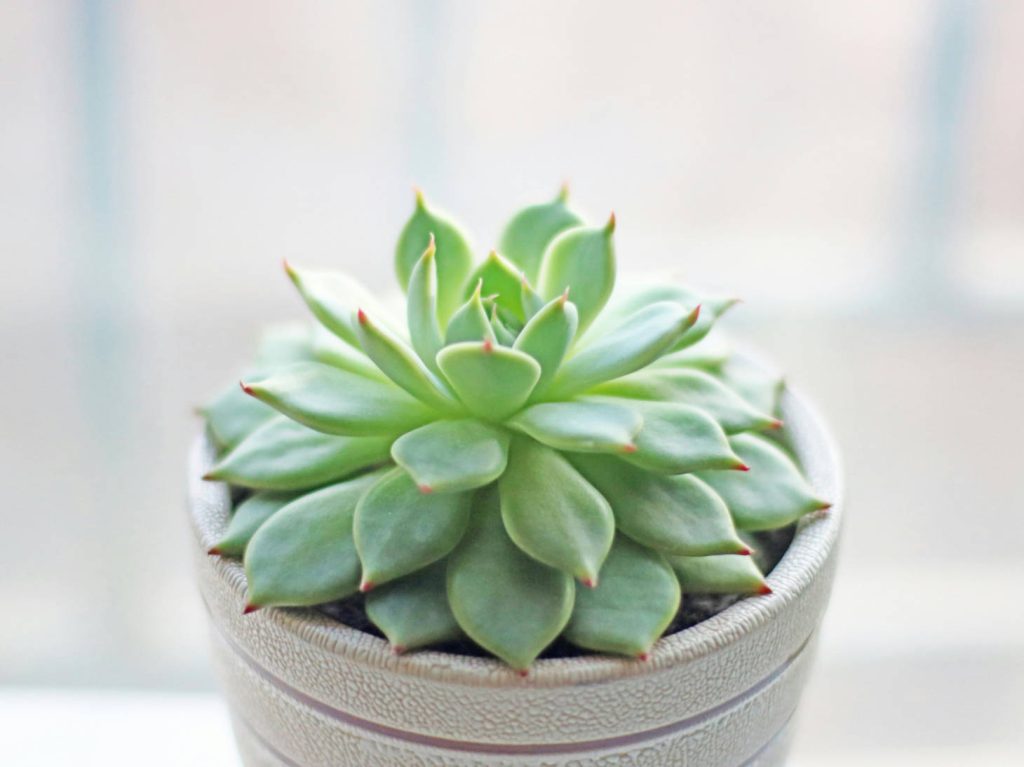
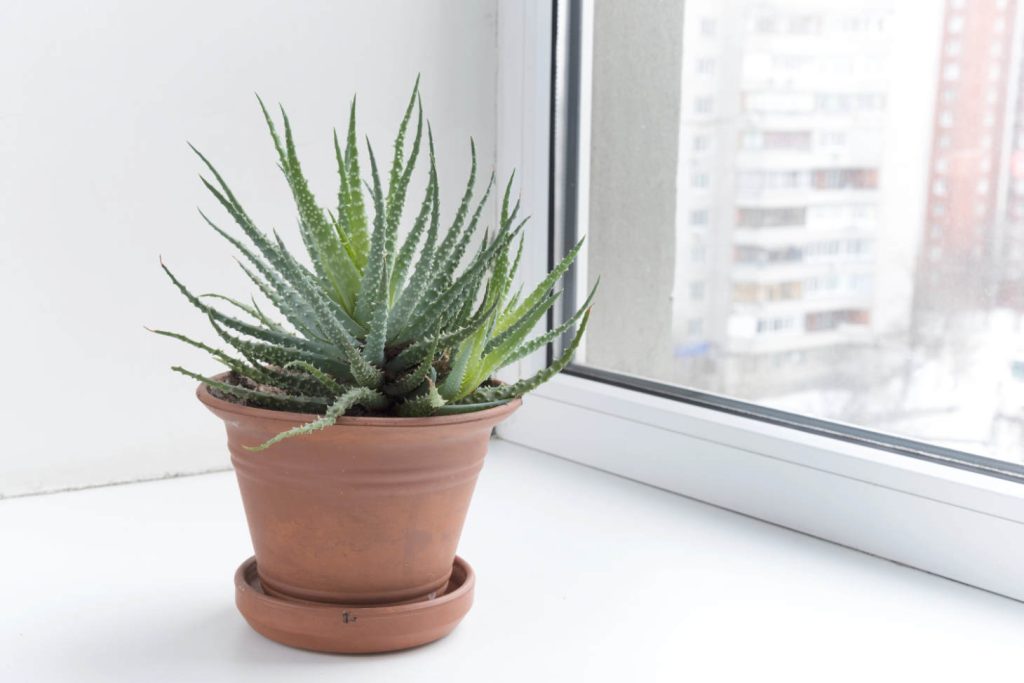
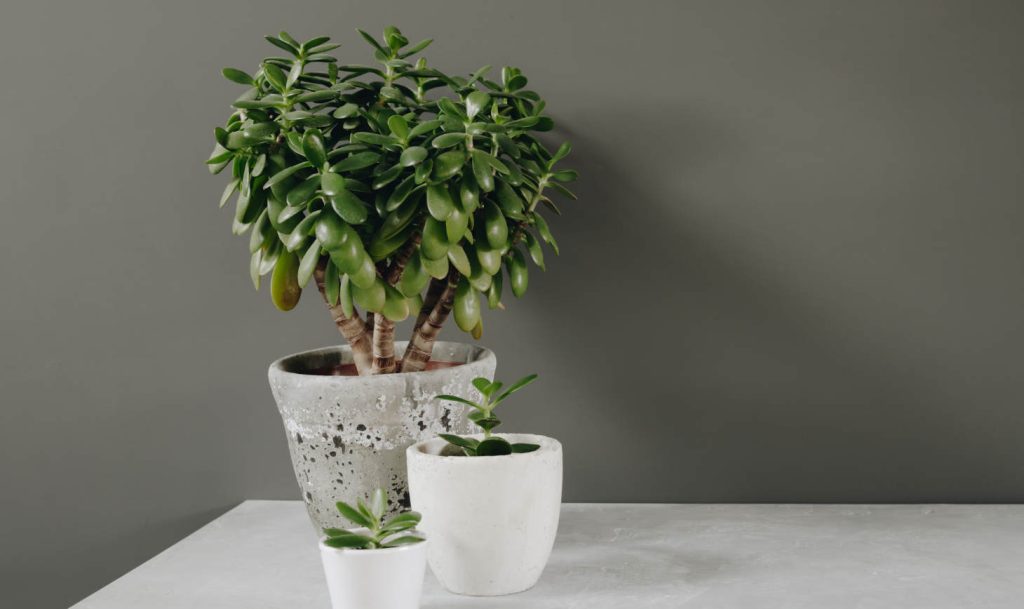
Not all succulents can survive cold temperatures. Tender succulents like Echeveria, Aloe, and Jade Plant need to be indoors when it starts to get chilly. If the temperature in your area drops close to freezing or below, these plants are at risk.
Use plant tags or online sources to check your succulent’s hardiness. Usually, if a succulent is labeled for USDA zones 9 or higher, it should come indoors.
Here are some signs your succulent is tender:
- Soft, fleshy leaves
- No woody stems
- Comes from a tropical or sub-tropical region
Succulents that stay outside in winter should be “hardy,” which means they can survive frost and snow. Always double-check the type before moving your succulents.
Timing the Move Indoors
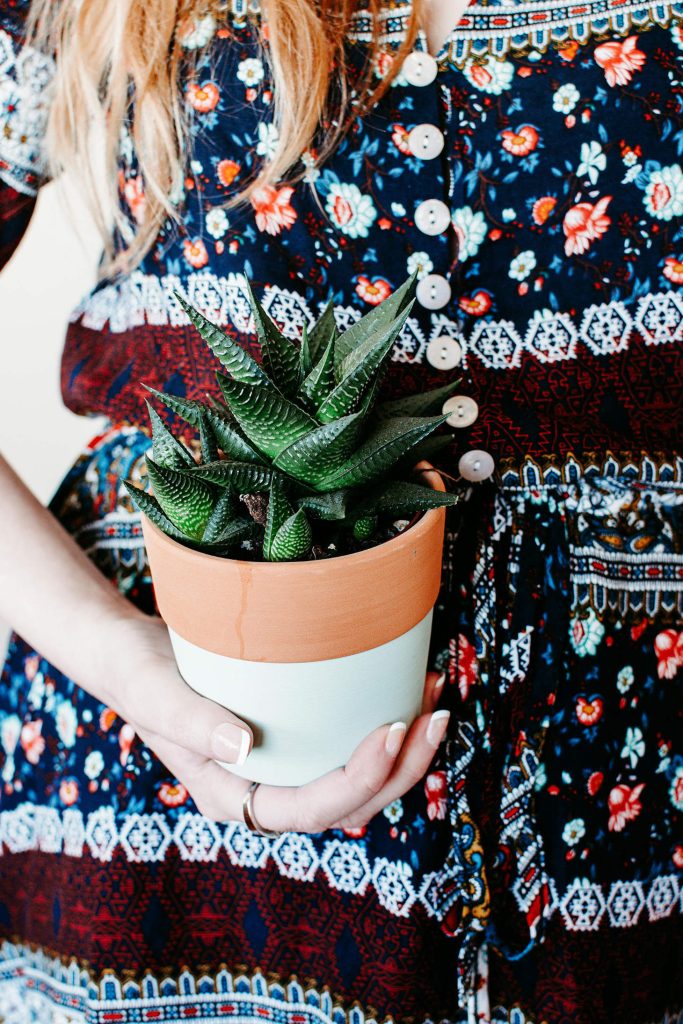
The best time to bring tender succulents indoors is before nighttime temperatures drop below 45°F (7°C). Waiting too long can stress the plants or cause damage.
Monitor the local weather forecast in late fall. As nights get cooler, start planning your move. Don’t forget that a sunny day can turn into a cold night fast.
Getting ahead of any cold snaps keeps your succulents healthy. Plants used to outdoor bright light may also need an adjustment period to the lower light levels inside. Place them in a bright spot, like near a south-facing window, and avoid putting them right next to drafts or heat vents.
Cleaning and Inspecting Plants
Before bringing succulents in, clean off any soil, fallen leaves, or debris. This helps prevent pests and mold. Gently wipe leaves with a dry cloth or use a soft brush to remove dirt.
Look for signs of disease or pests, like discolored spots or sticky residue. Trim off any dead or rotting sections with clean scissors. Check the pots too; old soil can carry unwanted bugs or pathogens. If necessary, repot your succulent into fresh, well-draining potting mix.
Good cleaning reduces the chance of problems indoors and gives your plant a fresh start for winter.
Preventing and Managing Pests

Common pests, such as mealybugs and spider mites, love to hide in succulents, especially when you bring them indoors. Inspect the undersides of leaves and around the base of the plant. Mealybugs look like small cottony spots, while spider mites form thin webs.
If you find pests, isolate the affected plant. Use a solution of water and mild soap, or rubbing alcohol on a cotton swab, to remove mealybugs. For spider mites, rinse your plant with water or use neem oil.
Keep new arrivals away from other houseplants for two weeks. This prevents any hidden pests from spreading. Regular checks help catch problems early so your succulents can thrive indoors all winter.
Optimal Indoor Conditions for Winter Care
Indoor succulents need protection from freezing temperatures and extra attention to their growing environment in winter. Focus on providing the right light, heat, airflow, and humidity to support these low-maintenance plants indoors.
Temperature and Light Requirements
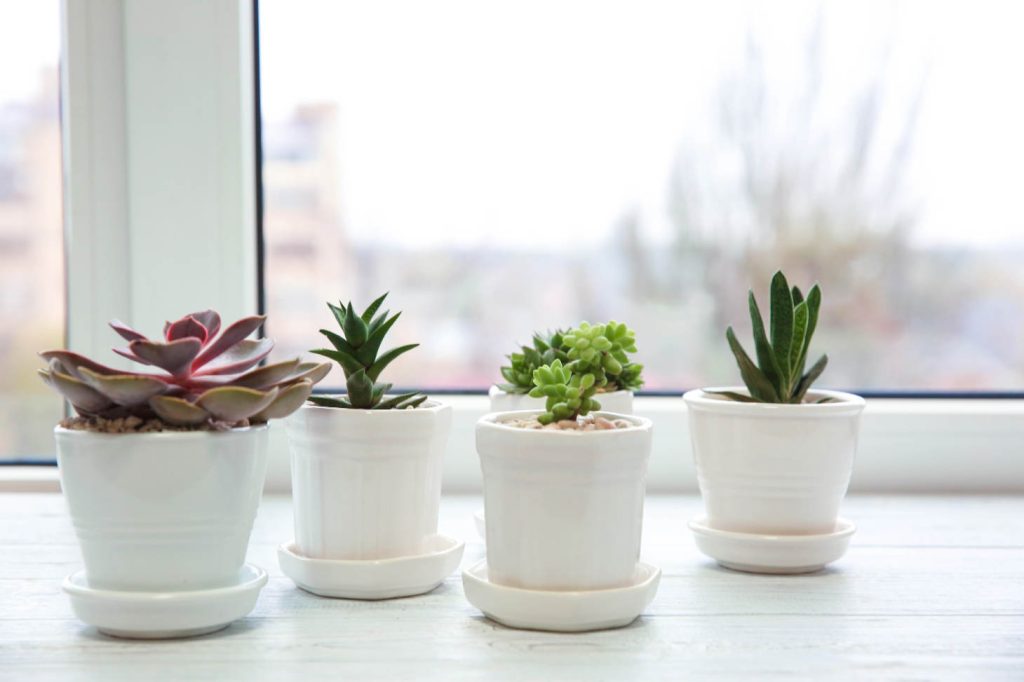
Succulents do best indoors when temperatures stay between 60°F and 75°F (16°C and 24°C).
Avoid placing them near windows that get cold drafts or near heat sources like radiators or vents. Freezing temperatures can quickly damage your succulents, so always move pots away from chilly spots.
Bright, direct light is important. Place your succulents close to the sunniest window in your home, preferably south- or east-facing. Aim for 3-4 hours of direct sunlight daily, but more is better. In winter, when days are short, you might need to use a grow light for 12-14 hours to keep them healthy.
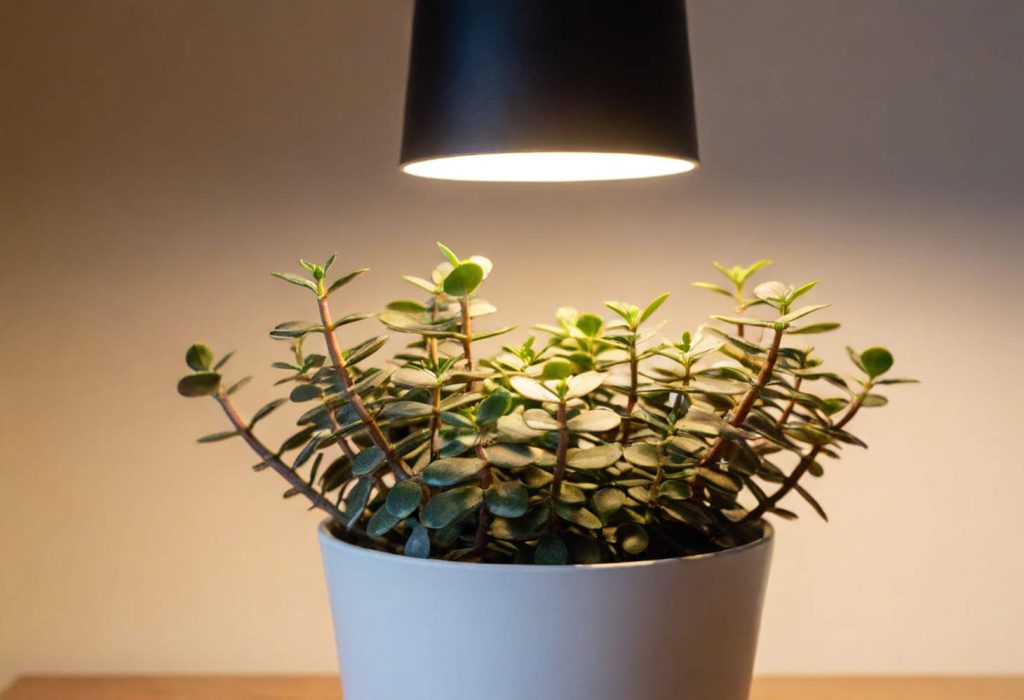
Air Circulation and Humidity Management
Good air circulation prevents mold and pests. You can open a window for a short time when temperatures allow, or use a small fan on a gentle setting. Make sure air flows around your succulents but avoid strong drafts.
Succulents prefer low humidity. Indoor air can get damp in winter, which makes rot more likely. Try to keep the humidity at 30%-50% if possible.
Do not place your succulents in bathrooms or kitchens, where air is more humid. If you use a humidifier in your home, keep succulents in a room without one, or set the humidifier away from your plants.
Here is a brief checklist:
- Keep air moving gently
- Monitor for signs of mold
- Keep humidity low
- Avoid placing succulents near damp areas
Watering and Soil Strategies in Winter
During winter, succulents need less water and extra care with their soil and pots. Keeping watering under control and choosing the right soil and containers prevents root rot and keeps your plants healthy indoors.
Adjusting Watering Frequency
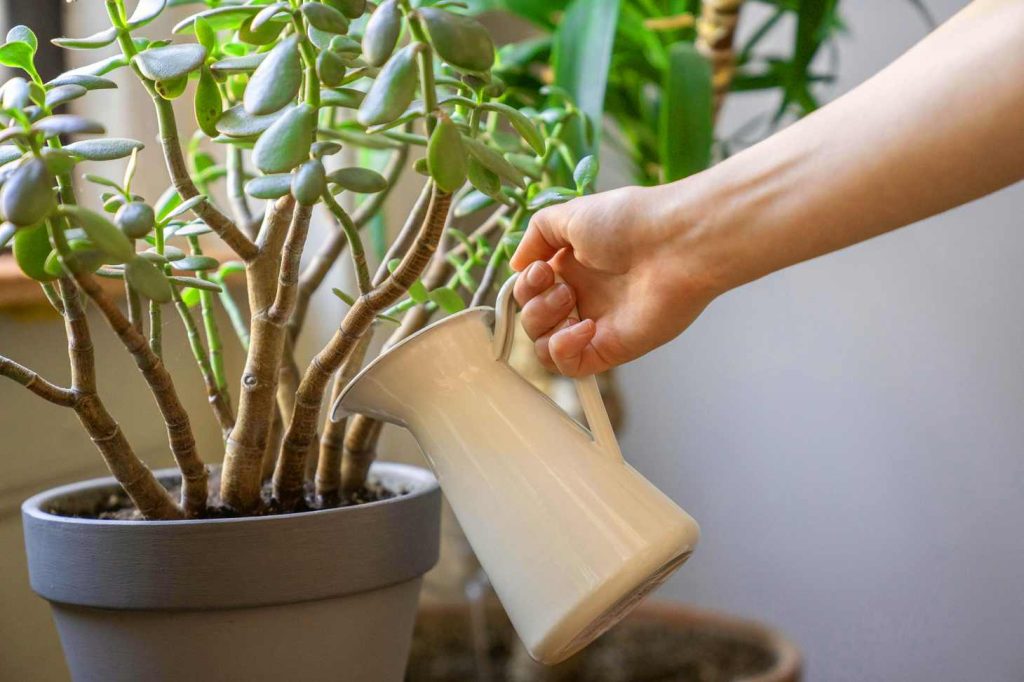
Watering succulents too often is the most common mistake in winter. Most indoor succulents need water only every 3-4 weeks in colder months. Let the soil dry out completely between each watering.
If you notice the leaves start to wrinkle, only then consider a light watering. Use your finger or a moisture meter to check if the soil is dry all the way down. Avoid watering on a fixed schedule, different homes have different humidity and temperatures.
When watering, do so thoroughly until water runs out from the bottom. Remove any extra water that collects in the saucer to avoid root rot. If in doubt, wait, underwatering is easier to fix than overwatering in winter.
Selecting a Well-Draining Soil Mix
The right soil mix is critical for winter succulent care. Standard potting soil holds too much moisture and can cause roots to rot. Choose, or mix your own, soil designed specifically for succulents.
A basic well-draining mix includes:
- 3 parts potting soil
- 2 parts coarse sand
- 1 part perlite or pumice
This mix helps water pass through quickly and prevents soggy roots. Avoid peat-heavy mixes, as they can retain too much water during winter. If you make your own, aim for a gritty texture that feels loose in your hands.
Pot Selection and Drainage Needs
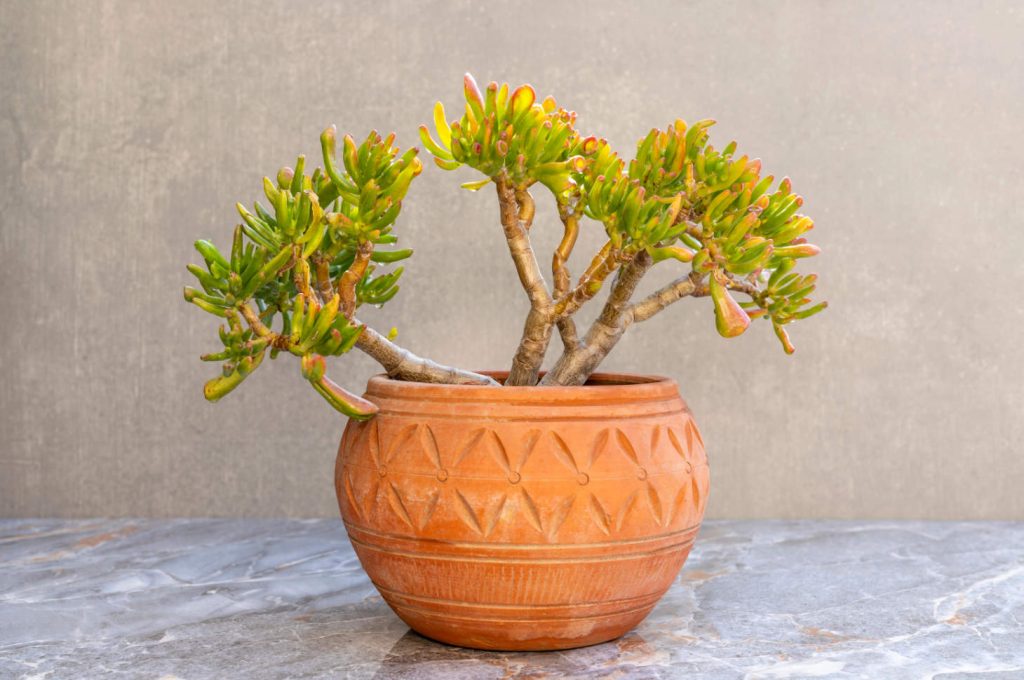
The pot you use is just as important as the soil. Always choose pots with drainage holes at the bottom. This lets extra water escape and stops it from pooling around the roots.
Clay or terracotta pots are a good choice. They let moisture evaporate faster and reduce the risk of soggy soil. Plastic pots keep moisture in for longer, so use them only if you water very carefully.
Never use decorative outer pots without drainage unless you place a nursery pot with holes inside. Check after each watering and empty any collected water from tray or cover to prevent root rot.
Making smart choices with pots and drainage helps keep your succulents healthy through the winter.
Winter Succulent Maintenance and Troubleshooting
During winter, indoor succulents need special attention to stay healthy and free from problems. Focus on keeping your plants clean, checking for pests, and caring for any cuttings you may have started.
Pruning and Cleaning Up
Winter is a good time to look for dead leaves or stems on your succulents. Trim away any dry or brown parts using clean, sharp scissors. This helps prevent rot and allows the plant to focus energy on healthy growth.
Wipe the leaves gently with a damp cloth if you see dust or dirt. Clean leaves improve photosynthesis. Always remove plant debris from the soil to avoid mold or fungus. Pruning isn’t just for looks, it helps reduce the chance of pests making a home in dying or decaying parts.
Take care not to cut healthy tissue. Only remove what is clearly dried, damaged, or overcrowded. Doing this once each winter keeps your succulents tidy and helps them thrive until spring.
Handling Succulent Cuttings Indoors
Many people take succulent cuttings in winter to grow new plants or save damaged ones. After cutting, let the pieces dry for a few days so the ends form a hard callus. This protects them from rotting when placed in soil.
Once the cut ends have dried, place the cuttings on top of dry, well-draining soil. Wait to water until you see roots start to form, which can take several weeks. Keep the cuttings in a spot with bright, indirect sunlight and avoid humid conditions.
If leaves wrinkle, mist lightly, but do not soak the soil. Be patient, as winter cuttings root more slowly. Regularly check for mold, rot, or pests, and remove any cuttings that look unhealthy to protect the rest.
Note: While propagation in winter is possible, it’s often slower and less successful than during the active growing seasons (spring and summer) due to lower light and cooler temperatures.
Frequently Asked Questions
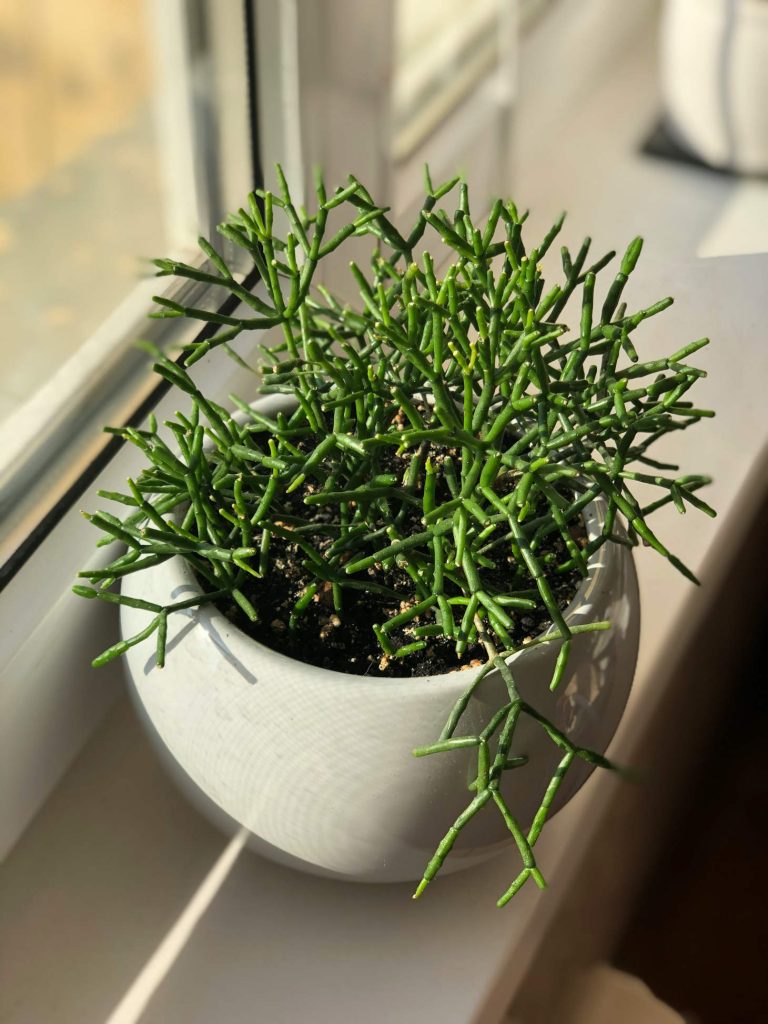
Maintaining the right indoor environment is key for winter succulent care. You need to manage temperature, water, light, humidity, and dormancy to keep your plants healthy.
What temperature should I maintain indoors for succulents during winter?
Succulents prefer temperatures between 60°F and 75°F (15°C to 24°C) during the day in winter. At night, temperatures can drop as low as 50°F (10°C), but avoid letting them dip below that for most varieties.
How often should I water indoor succulents in the winter months?
Water your indoor succulents sparingly in winter. Only water when the soil is completely dry, which could mean every 3–4 weeks, depending on indoor humidity and temperature. Too much moisture can cause root rot.
Are there specific lighting requirements for succulents in the winter?
Place succulents near a south- or east-facing window for the best light in winter. If you can’t provide enough natural sunlight, use a grow light for at least 12–14 hours a day.
How do I recognize and prevent common winter ailments in indoor succulents?
Look for soft, mushy leaves or black spots, which signal overwatering or fungal problems. Prevent these issues by letting soil dry fully between waterings and ensuring your pots have drainage holes.
What is the ideal humidity level for indoor succulents in winter?
Succulents do best in low humidity, around 30%–50%. Avoid placing them close to humidifiers or in rooms with moisture, and ensure good air circulation to reduce fungal risks.
How can I encourage dormancy in succulents over the winter period?
To encourage a period of reduced growth (often referred to as dormancy) in summer-dormant succulents over the winter, provide cooler temperatures and significantly reduce watering. It’s normal for growth to slow or halt, and some leaf loss may occur. Refrain from fertilizing until active growth resumes, typically in spring.

